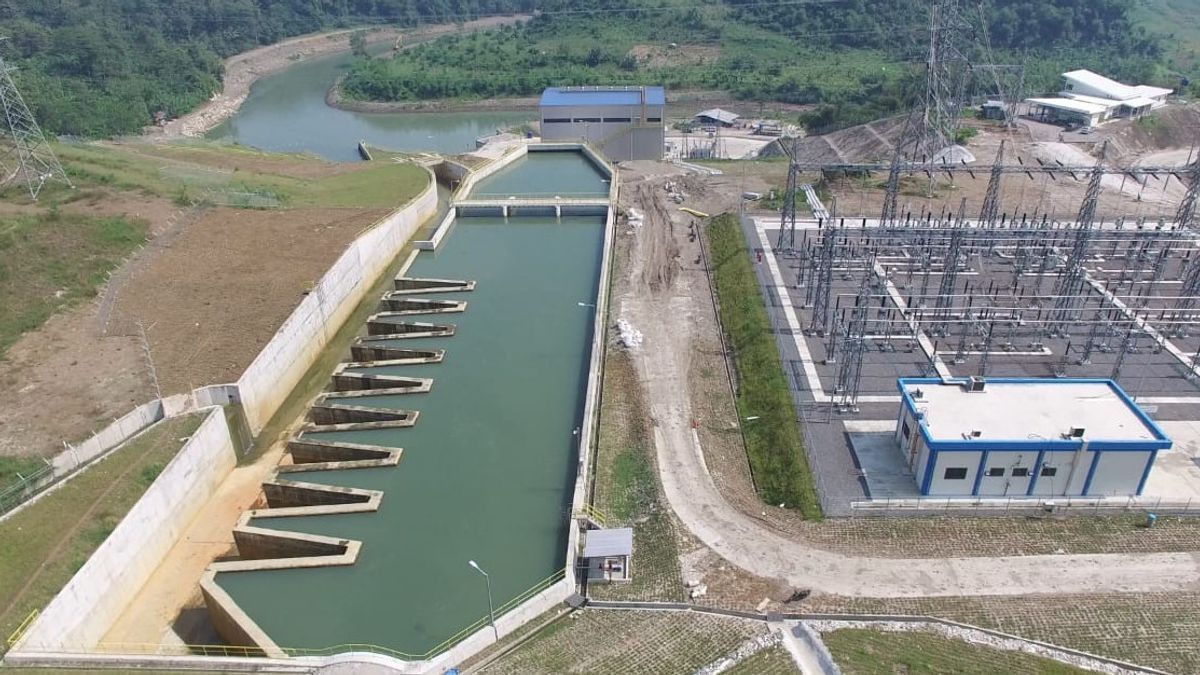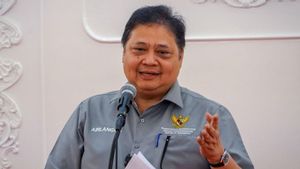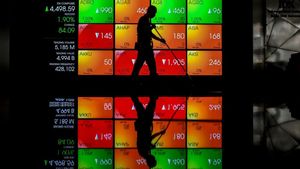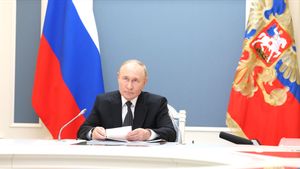The Institute for Essential Services Reform (IESR) regrets the decision of the Ministry of Energy and Mineral Resources (ESDM) to remove the proposed power steering scheme from the problem inventory list (DIM) of the Draft New Energy and Renewable Energy Law (RUU EBET).
The power steering scheme is a joint utilization of the electricity network. Through this scheme, private electricity producers (IPP) can sell electricity directly to the community with the transmission and distribution network owned by PLN.
In IESR's view, power steering can increase demand for renewable energy and encourage community participation in providing renewable energy so as to accelerate the increase in renewable energy, as well as reduce PLN's investment burden for renewable energy generation.
"Utilization of a network with electricity or power steering will provide easier access for consumers to get renewable energy supplies at competitive prices. This can encourage interest in developing existing renewable energy resources, and there is no need to rely on requests from PLN as off-takers so far," said IESR Executive Director Fabby Tumiwa in his statement, quoted on Friday, January 13.
Fabby also said that renewable power steering will also increase the level of utilization of PLN's electricity network, and become a new source of income.
According to Fabby, the power steering scheme is a consequence of the Indonesian electricity system with PLN which has monopoly rights in controlling the transmission network.
Fabby added that the Ministry of Finance's assessment that the implementation of power steering was contrary to the situation of excess PLN supply was the wrong reason.
"In addition to the excess supply being dominated by fossil energy plants, hampering the achievement of the target of the clean energy mix, this condition is also predicted not to last long and will end in 2025 in line with the rise in the growth rate of electricity demand after the pandemic," Fabby added.
The EBET bill, if passed, will last for a long period of time, even exceeding the current excess supply period.
"The government must encourage the rapid addition of renewable energy, especially if it is associated with the plan to end the PLTU by 2030. In the future, power steering can be a source of revenue (revenue) of PLN originating from network rentals," added Fabby.
Furthermore, IESR Energy Transformation Program Manager Deon Arinaldo explained that it is too early to worry about state and PLN losses due to the implementation of the power steering scheme. According to him, this power steering scheme, if approved in the EBET Bill, will still need to be lowered in implementing regulations, and in this regulation it can be managed with potential risk impact on PLN and also the state.
"For example, in determining the power steering rate, the government can manage this tariff determination based on a comprehensive study so that it can balance the target of developing renewable energy with the risk of reducing electricity growth at PLN. On the other hand, PLN is also still possible to take part in the power steering scheme through its sub-holding generation company," said Deon.
The English, Chinese, Japanese, Arabic, and French versions are automatically generated by the AI. So there may still be inaccuracies in translating, please always see Indonesian as our main language. (system supported by DigitalSiber.id)









